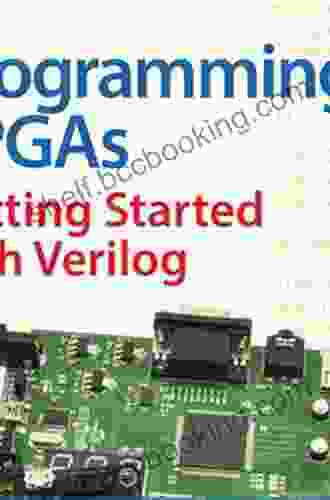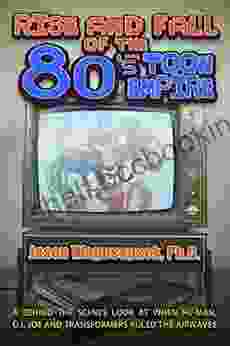Unlock the Power of FPGA Programming: Get Started with Verilog Today!

Are you fascinated by the inner workings of electronic devices? Do you dream of creating your own custom digital circuits? If so, then FPGA programming is the perfect place for you to start.
FPGAs (Field-Programmable Gate Arrays) are powerful chips that allow you to design and implement custom hardware circuits. They are used in a wide variety of applications, from consumer electronics to industrial automation.
4.4 out of 5
| Language | : | English |
| File size | : | 52955 KB |
| Text-to-Speech | : | Enabled |
| Screen Reader | : | Supported |
| Enhanced typesetting | : | Enabled |
| Print length | : | 192 pages |
Verilog is a hardware description language (HDL) that is used to program FPGAs. It is a powerful language that allows you to describe the behavior of digital circuits at a high level of abstraction.
In this article, we will provide a comprehensive to Verilog. We will cover the basics of the language, as well as some more advanced concepts.
Why Learn Verilog?
There are many reasons to learn Verilog. Here are just a few:
- FPGAs are becoming increasingly popular. As the demand for custom hardware grows, so too does the demand for FPGA programmers.
- Verilog is a powerful language. It allows you to describe the behavior of digital circuits at a high level of abstraction.
- Verilog is a versatile language. It can be used to design a wide variety of digital circuits, from simple logic gates to complex microprocessors.
- Verilog is a well-supported language. There are many tools and resources available to help you learn and use Verilog.
Getting Started with Verilog
The best way to learn Verilog is to start by writing simple programs. Here is a simple Verilog program that implements a half adder:
module half_adder(input a, b, output sum, carry); assign sum = a ^ b; assign carry = a & b; endmodule
This program takes two input bits, a and b, and produces two output bits, sum and carry. The sum bit is the result of adding a and b, and the carry bit is the result of carrying over from the addition.
To compile this program, you will need a Verilog compiler. There are many different Verilog compilers available, both free and commercial.
Once you have compiled your program, you can use a simulator to test it. A simulator is a software program that allows you to run your Verilog program on a virtual FPGA.
There are many different simulators available, both free and commercial.
Learning More About Verilog
The best way to learn more about Verilog is to practice writing programs. You can also find a wealth of resources online, including tutorials, books, and forums.
Here are a few resources to get you started:
- Verilog HDL Tutorial
- Digital Design with Verilog HDL
- Vivado Design Suite User Guide
FPGA programming is a powerful tool that pozwala you to create custom digital circuits. Verilog is a hardware description language that is used to program FPGAs.
In this article, we have provided a comprehensive to Verilog. We have covered the basics of the language, as well as some more advanced concepts.
If you are interested in learning more about FPGA programming, I encourage you to start by writing simple Verilog programs. There are many resources available online to help you learn and use Verilog.
With a little effort, you can master Verilog and unlock the power of FPGA programming.
4.4 out of 5
| Language | : | English |
| File size | : | 52955 KB |
| Text-to-Speech | : | Enabled |
| Screen Reader | : | Supported |
| Enhanced typesetting | : | Enabled |
| Print length | : | 192 pages |
Do you want to contribute by writing guest posts on this blog?
Please contact us and send us a resume of previous articles that you have written.
 Book
Book Novel
Novel Page
Page Chapter
Chapter Text
Text Story
Story Genre
Genre Reader
Reader Library
Library Paperback
Paperback E-book
E-book Magazine
Magazine Newspaper
Newspaper Paragraph
Paragraph Sentence
Sentence Bookmark
Bookmark Shelf
Shelf Glossary
Glossary Bibliography
Bibliography Foreword
Foreword Preface
Preface Synopsis
Synopsis Annotation
Annotation Footnote
Footnote Manuscript
Manuscript Scroll
Scroll Codex
Codex Tome
Tome Bestseller
Bestseller Classics
Classics Library card
Library card Narrative
Narrative Biography
Biography Autobiography
Autobiography Memoir
Memoir Reference
Reference Encyclopedia
Encyclopedia John Flanagan
John Flanagan Mat Waugh
Mat Waugh Oliver Stone
Oliver Stone Jean Brown Wagoner
Jean Brown Wagoner Pamela Crabtree
Pamela Crabtree V E Schwab
V E Schwab Jasmin Harsono
Jasmin Harsono Phyllis Leininger
Phyllis Leininger Jason Fried
Jason Fried William Granara
William Granara Kathryn Leigh Scott
Kathryn Leigh Scott Jane M Newby
Jane M Newby Jean Baptiste Guillory
Jean Baptiste Guillory Robert Krell
Robert Krell Jay Parini
Jay Parini Jason Borte
Jason Borte Vicki Manning
Vicki Manning Roslyn Sinclair
Roslyn Sinclair Jane Hardwicke Collings
Jane Hardwicke Collings Jeff Kass
Jeff Kass
Light bulbAdvertise smarter! Our strategic ad space ensures maximum exposure. Reserve your spot today!

 Allan JamesMind Stalkers: A Gripping Thriller with a Psychic Twist that Will Leave You...
Allan JamesMind Stalkers: A Gripping Thriller with a Psychic Twist that Will Leave You... Hudson HayesFollow ·11.2k
Hudson HayesFollow ·11.2k Langston HughesFollow ·17.5k
Langston HughesFollow ·17.5k Jackson HayesFollow ·8.9k
Jackson HayesFollow ·8.9k Devin CoxFollow ·4.9k
Devin CoxFollow ·4.9k Max TurnerFollow ·2.1k
Max TurnerFollow ·2.1k Harry HayesFollow ·2.8k
Harry HayesFollow ·2.8k Gary CoxFollow ·8k
Gary CoxFollow ·8k Liam WardFollow ·14.3k
Liam WardFollow ·14.3k
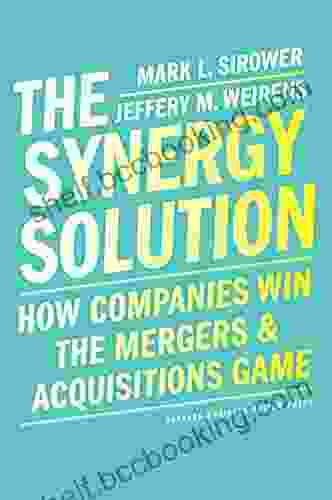
 Carlos Drummond
Carlos DrummondHow Companies Win the Mergers and Acquisitions Game:...
In today's...

 Craig Blair
Craig BlairMastering The Delicate Balance Between Power And Peace
In today's ever-evolving world, the interplay...

 Wade Cox
Wade CoxUnveiling the Zen of Golf: A Journey to Inner Mastery
: The Harmony of Mind,...
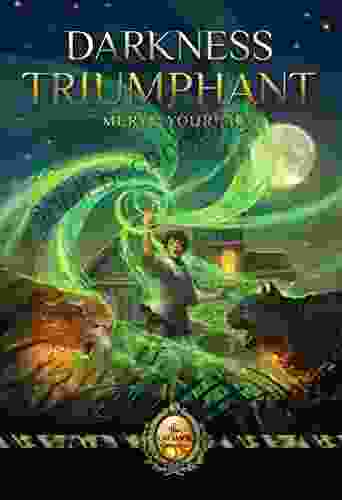
 Gerald Bell
Gerald BellDarkness Triumphant: Three of the Catmage Chronicles
Synopsis ...
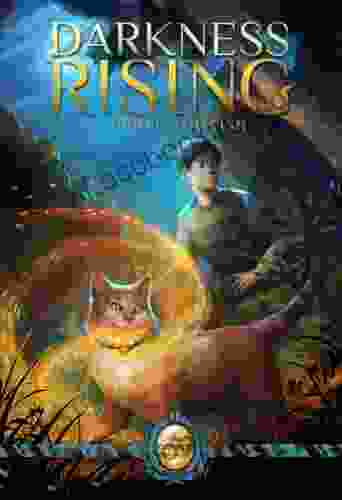
 Henry James
Henry JamesDarkness Rising: One of the Catmage Chronicles
A Captivating Fantasy Adventure...
4.4 out of 5
| Language | : | English |
| File size | : | 52955 KB |
| Text-to-Speech | : | Enabled |
| Screen Reader | : | Supported |
| Enhanced typesetting | : | Enabled |
| Print length | : | 192 pages |


